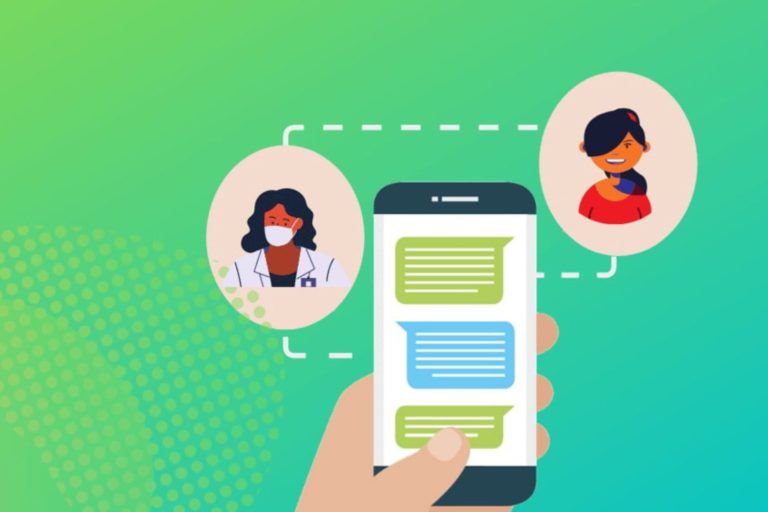Navigating U.S. Healthcare with Clinical Analytics: Data-Driven Insights
In today’s ever-evolving U.S. healthcare landscape, clinical analytics has emerged as a game changer and a formidable tool for practices. By harnessing the potential of data, healthcare providers and administrators can make informed decisions to enhance patient care, drive operational efficiency, and meet stringent compliance needs.
In this blog post, we’ll delve into the world of clinical analytics exploring industry-specific examples that underscore its transformative capabilities, all while adhering to regulatory compliance within the U.S. healthcare system.
Understanding Clinical Analytics
Clinical analytics is the process of using data analysis and statistical techniques to gain insights into clinical operations, patient care, and healthcare outcomes. It involves collecting, integrating, and analyzing data from diverse sources, including digital patient intake and engagement platforms, electronic health records (EHRs), medical devices, and patient surveys. Its primary goal is to gain deep insights that help drive practices to improve patient outcomes, reduce costs, improve staff productivity, and elevate the overall quality of healthcare services.
The Role of Analytics
Healthcare analytics include real-time predictive analytics and analysis of patient-reported data which allow for timely interventions and the integration of genomics data into patient care. This can empower providers to personalize treatments based on an individual’s genetic profile.
Below is the list of some definite use cases that is relevant to this area and how having a clinical analytics solution can help.
Industry-Relevant Examples with Compliance and PROMs Emphasis
- Predictive Analytics for Disease Prevention
Example: Depression Screening and Management
Healthcare providers can use clinical analytics to predict which patients are at the highest risk of developing severe depression based on factors such as demographics, diagnosis medical history conditions, genetics, and lifestyle. By identifying high-risk individuals, proactive interventions can be implemented, such as lifestyle coaching and regular monitoring, to prevent or manage the disease effectively.
- Patient-Centered Care and Analytics
Example: Preventive Care and Screening: Screening for Depression and Follow-Up Plan
Patient-reported outcome measures (PROMs) play a central role in patient-centered care. Analytics enable the interpretation of PROMs data to tailor treatment plans to individual patient preferences and needs, aligning with the trend of personalized medicine.
- Compliance Monitoring and Grant Reporting
Example: REALD, Medicare Annual Wellness Exam
By utilizing the clinical analytics, practices can gather required data to report back to their participating registries. This will help them receive incentives based on the program that they participate.
- Real-time Patient Monitoring
Example: Intensive Care Units (ICUs)
In ICUs, clinical analytics is employed to monitor patients’ vital signs and detect anomalies in real-time. Algorithms can analyze data from various sensors, alerting medical staff to any deviations from normal values. This timely information can help doctors make critical decisions, potentially saving lives.
- Population Health Management
Example: Public Health Initiatives
Public health agencies use clinical analytics to identify disease trends and allocate resources effectively. For instance, during flu seasons, data analysis can pinpoint areas with high infection rates, allowing for targeted vaccination campaigns and public health interventions
- Healthcare Resource Optimization
Example: Hospital Capacity Planning
Hospitals utilize clinical analytics to predict patient admission rates and optimize resource allocation. By analyzing historical data and considering factors like seasonal illnesses, hospitals can ensure that they have the right number of beds, staff, and supplies to meet patient needs efficiently.
Anticipating Trends in Clinical Analytics
Clinical analytics is transforming U.S. healthcare through data-driven insights while upholding the critical demands of regulatory compliance. The examples provided in this blog post illustrate the far-reaching impact of clinical analytics within the unique context of the U.S. healthcare system. And with the adherence to compliance standards, practices can ensure the safety, privacy, and effectiveness of healthcare services. As the field continues to evolve, we anticipate further advancements that will enable healthcare professionals to navigate compliance needs, leverage analytics, and embrace patient-reported outcome measures while delivering patient-centered care experiences. Analytics, powered by machine learning and artificial intelligence (AI), are at the forefront of clinical decision-making. These analytical tools can process vast datasets, identify patterns, and predict patient outcomes with increasing accuracy. These emerging trends promise to redefine healthcare delivery and patient satisfaction in the years to come.
How a Digital Platform can Help
Considering the challenges the healthcare practices, clinics and hospitals face in order to aggregate these different data, it becomes very critical to have an automated solution. A digital platform has the capability to mine deep into these different sources of datasets, without involving manual efforts. Additionally, this will exponentially reduce the manual tasks for the practice end users, data scientists and analytical engineers involved in consuming this data to generate various reports for gaining deep understanding and identifying further actions.
Talk to us to gain how our automated solution can help your practice build a data-driven approach within your organization in terms of clinical analytics space.








